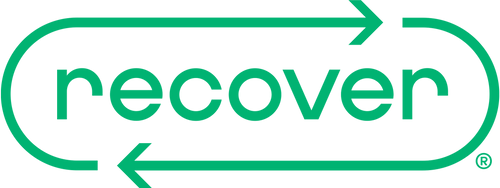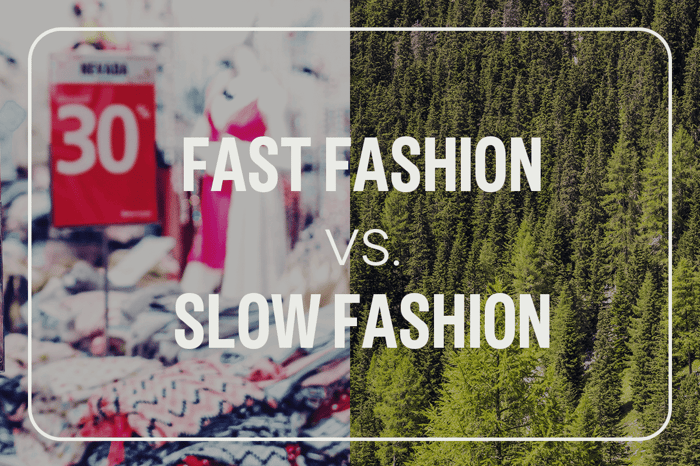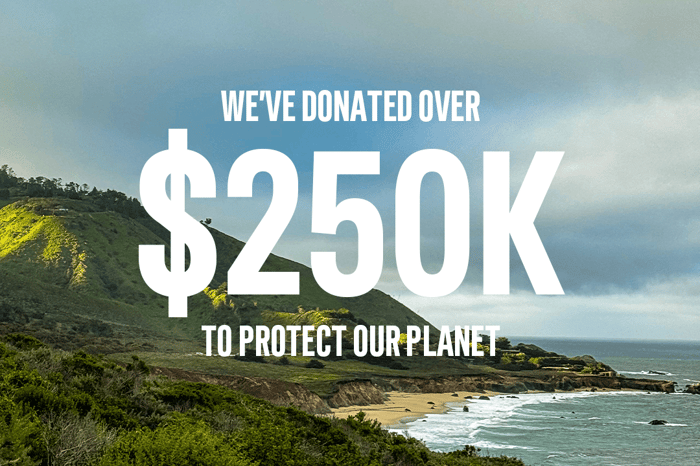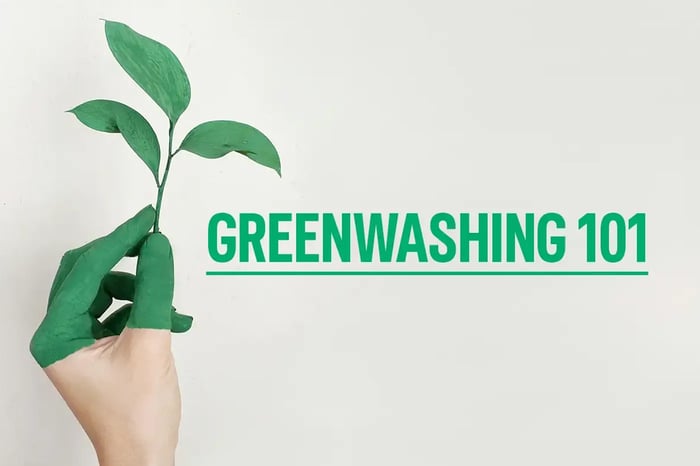What Exactly is Fast Fashion?
The concept of fast fashion has been increasingly spotlighted by environmental and social activists, garnering increased attention from mass media. Yet, despite its prevalence, the issue remains relatively unknown to consumers at large. To help educate the public and our Recover community, we’d like to help explain this concept and what it means for people and the planet – and what can be done to help!
Fast fashion is a business strategy employed by various apparel companies. It is characterized by developing and marketing products at low prices and high frequency to the consumer. This strategy leverages the extremely short lifespan of “micro-trends” to artificially boost consumer demand by swiftly cycling through product line releases. Many fast fashion companies release 52 “micro-seasons” a year… that’s a new product line every week!
Often, these fast fashion companies subcontract to overseas manufacturers where labor costs are lower and environmental protections are less stringent. This drives down production costs and increases negative environmental impact. They also frequently over-order production volumes and opt for low-quality fabrics, further reducing the per-unit production cost. This creates excess stock that is destined for landfills and products that aren’t built to last.
While initially seeming fashionable, accessible, and tempting to purchase, these companies never reveal how their clothes are produced. Under the facade lies questionable business practices that exploit the environment and the labor of factory workers to maximize profits.
This dependence on the high production volume of irresponsibly-made products has started to impact the environment. Here are a few stats that you might find of interest.
- The fashion industry releases 2 to 8% of the world’s carbon emissions. Carbon dioxide is a known greenhouse gas that contributes to climate change.
- While cotton farms utilize 3% of the world’s suitable growing land, they account for 4.7% of global pesticide and 10% of global insecticides sales. These harmful chemicals pose a threat to nearby plant and animal biodiversity, including insects. They also contaminate groundwater and runoff. Not to mention, manufacturing these chemicals is also environmentally damaging.
- Annually, approximately 70 million barrels of oil are used to make new (virgin) polyester fiber for clothing. Not only is this a nonrenewable resource, but there are also concerns about extraction techniques, like drilling and fracking, which are environmentally disruptive. Processing the oil itself also releases exponentially more emissions!
- The fashion industry ranks as the second largest consumer of water resources. This is primarily due to cotton farming and fabric dyeing.
- The dyeing and finishing of fabrics contribute to more than 20% of global water pollution. Upon releasing toxic chemical compounds directly into water sources, aquatic ecosystems are harmed and drinking water for nearby communities is polluted.
- In 2018, the United States landfilled over 11 million tons of textiles. A lot of this is synthetic fabrics, which take up to 200 years to decompose!
![]()
Additionally, the fast fashion strategy raises numerous ethical concerns regarding the treatment of factory workers. These include excessively long shifts lasting between 12 and 24 hours, poverty wages, and hazardous working conditions. However, in response to these environmental and social issues, the concept of slow fashion emerged.
What Exactly is Slow Fashion?
Slow fashion is a reactionary movement to the destructive business model that is fast fashion. It is the antithesis of the harmful practice, from both a business and consumer point of view. Therefore, the goals of slow fashion, from a corporate standpoint, include:
- Utilizing higher quality and sustainable materials like recycled polyester, organic or recycled cotton, and hemp, which limit environmental impact and are durable
| Side note: Recycled cotton is currently the most sustainable material on the market! Using recycled cotton for apparel helps to keep waste out of landfills and limits resource use for new (virgin) cotton production. It saves water, energy, and land while limiting pesticide use and greenhouse gas emissions. |
- Ethical labor practices that afford employees a livable wage and avoid overworking them
- Opting for smaller production volumes to minimize overstock waste
- Producing goods as locally as possible to economically invest in nearby communities and avoid excess transportation emissions
- Further limiting other resource use and pollution, like water
- Being transparent and communicating about production practices to consumers
From the consumer perspective, buyers can empower themselves through education and intentional purchasing practices. Sharing information with others is also a great way to build awareness around the issue. Then, choosing to recycle or repurpose garments, instead of throwing them away, can further reduce environmental impact and promote a more circular economy!
How Does Recover Contribute to This?
Recover, a company and eco-friendly advocate, is striving to fully embody the principles of slow fashion. Every day, we aim to outfit everyone with the most environmentally and socially responsible apparel and gear on the planet.
To accomplish this, we only use fabric that is made of certified recycled polyester, recycled cotton, or organic cotton. By utilizing sustainable material options, we are able to help divert waste from landfills, while also decreasing water and energy consumption and reducing greenhouse gas emissions.
Once a product reaches the end of its life, we can take it back and recycle it into a new shirt through our 360° Closed Loop Program. This effectively reduces waste by preventing it from entering the landfill and preventing new (virgin) material production, creating a Closed Loop!

Recover also utilizes a HyperLocal™ production system which invests in jobs in the Southeast United States and Central America, and honors Equal Compensation. Our US Supply chain operates within a 250-mile radius of our North Carolina Headquarters, while our El Salvador supply chain features vertically integrated production all confined within a 10-mile radius. Being this HyperLocal™ enables us to limit our transportation emissions and print designs on demand to prevent excess inventory waste.
At Recover, we pride ourselves on being transparent with our community by sharing our production practices and values. We also view it as our responsibility to contribute to the greater community. We continuously work with environmental non-profits via our Giveback initiative to help make the world a better place!
Resources to Help
As you continue to make clothing purchases throughout your life, it is important to shop responsibly. Be sure to check out one of the many databases for apparel company sustainability rankings!
Fashion Revolution is a fashion activist movement that aims to end human and environmental exploitation in the fashion industry. They have a Fashion Transparency Index that ranks 250 of the world’s largest fashion brands and retailers based on their public disclosure of human rights and environmental policies, practices, and impacts, across their operations and supply chains. Additionally, the Clean Clothes Campaign is a global network of over 200 organizations worldwide that advocates for workers’ rights in the garment industry. They have a Fashion Checker that rates over 300 clothing brands based on categories like transparency, living wage paid, action plan, public commitment, and separate labor costs.
Although the beast that is fast fashion can seem insurmountable and inescapable sometimes, adopting slow fashion principles can pave the way for positive change. If we, as both consumers and outfitters work together, we can help the Earth recover!






